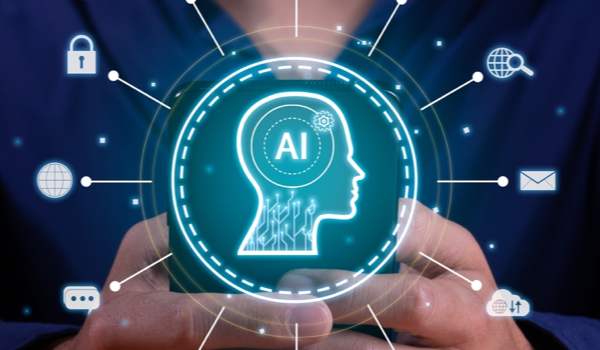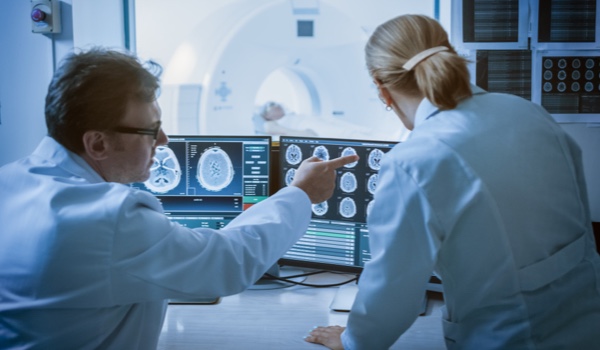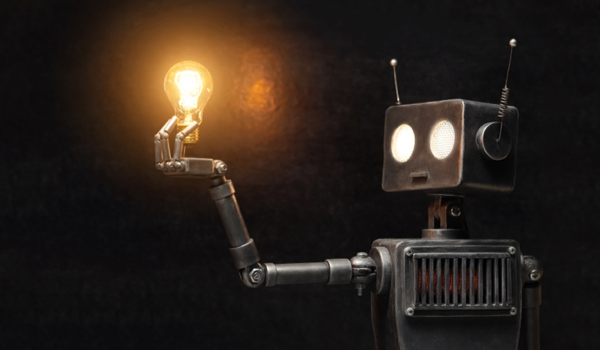

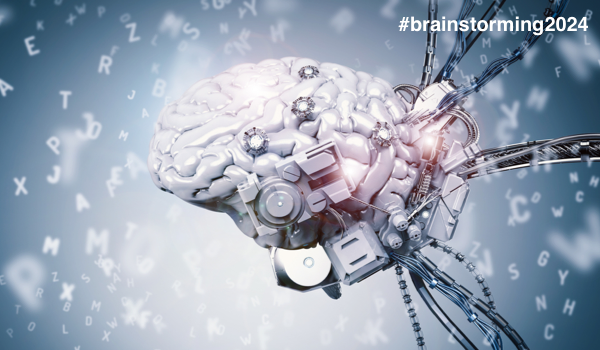
BERLIN - Brain-computer interfaces (BCIs) have emerged as revolutionary tools in neuroscience, enabling direct communication between the brain and external devices. By decoding neural signals and translating them into actionable commands, BCIs offer hope for patients with motor disabilities and neurological conditions.
Artificial intelligence (AI) techniques in recent years have been the force propelling BCI research, enhancing the accuracy, speed, and versatility of neural signal decoding. This article explores the intersection of AI and BCI technology, highlighting recent advances and their implications for assistive technology and neuroprosthetics.
Traditional BCI systems rely on signal processing algorithms to interpret neural activity recorded from electrodes implanted in the brain or placed on the scalp. Complex, variable neural signals are very hard to accurately and reliably decode. AI methods - particularly deep learning algorithms - have shown a marked ability to learn intricate patterns and draw meaningful information from neural data. Training neural networks on large datasets of neural recordings has allowed researchers to achieve unprecedented accuracy in decoding motor intentions, speech commands, and even cognitive states from brain signals.
One key advantage of AI-driven BCIs is their ability to adapt to individual users and accommodate changes in neural activity over time. Traditional BCI systems also often need extensive calibration and tuning for each user, limiting their use and effectiveness. AI algorithms differ because they learn from ongoing neural activity and adjust their decoding strategies in real time. This adaptiveness lets AI-driven BCIs maintain optimal performance despite variations in signal quality, electrode placement, or user behavior, thus enhancing user experience and usability.
Embedded AI techniques have also greatly improved BCIs’ communicatio
The content herein is subject to copyright by The Yuan. All rights reserved. The content of the services is owned or licensed to The Yuan. Such content from The Yuan may be shared and reprinted but must clearly identify The Yuan as its original source. Content from a third-party copyright holder identified in the copyright notice contained in such third party’s content appearing in The Yuan must likewise be clearly labeled as such. Continue with Linkedin
Continue with Linkedin
 Continue with Google
Continue with Google
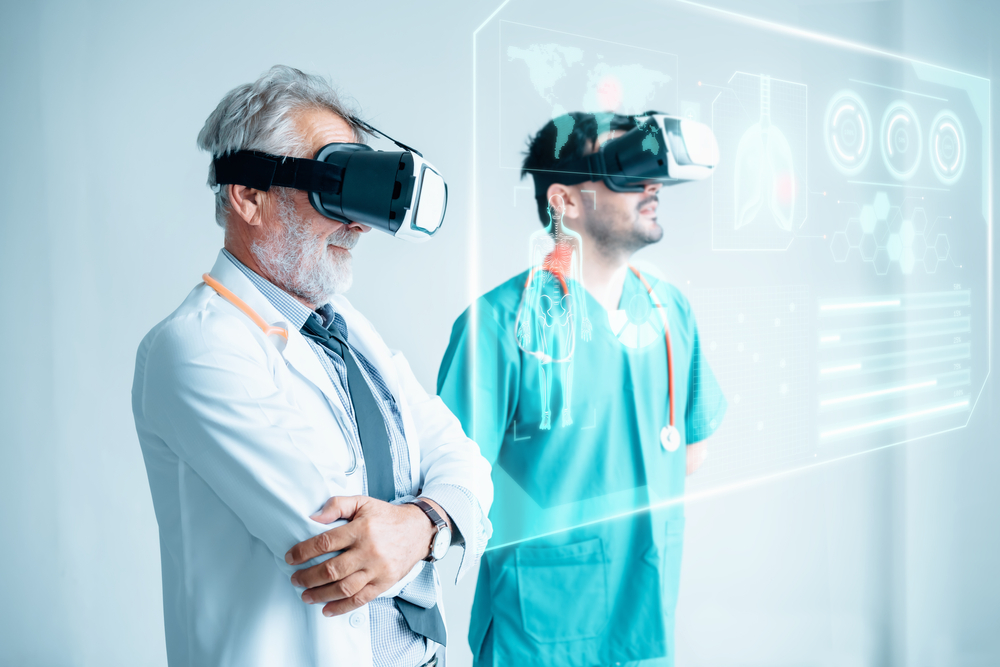







 335 views
335 views




